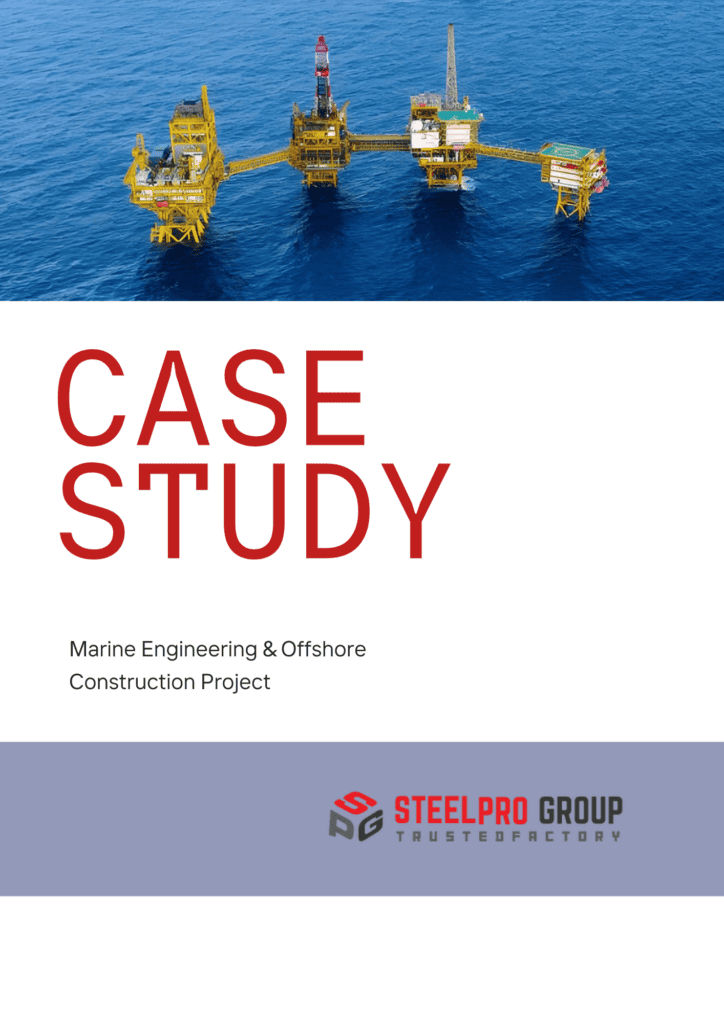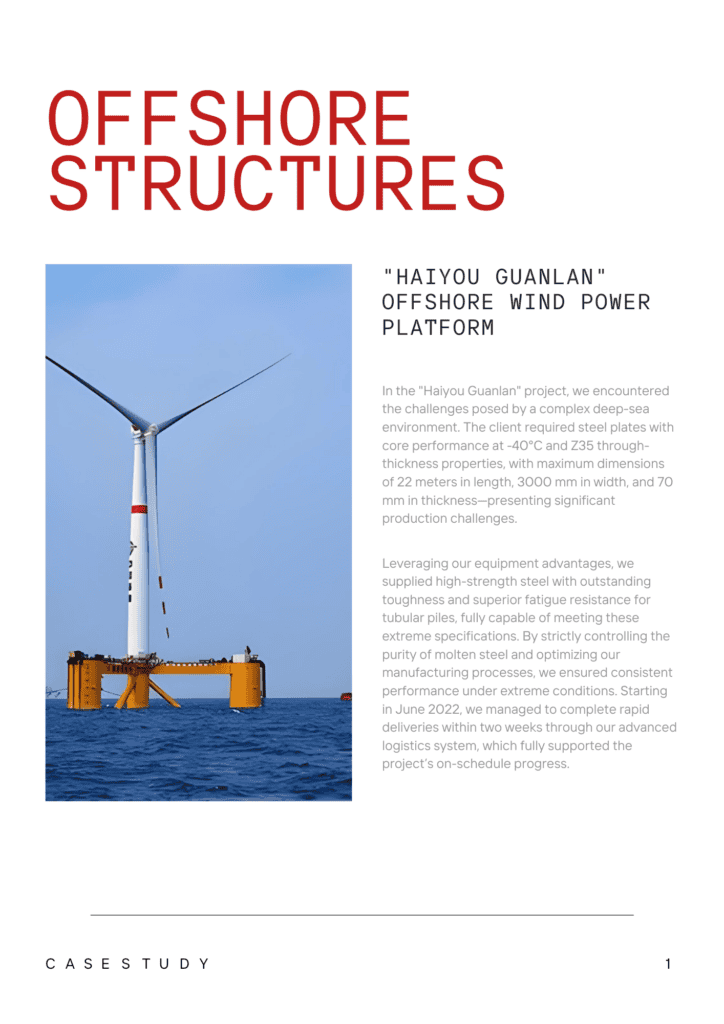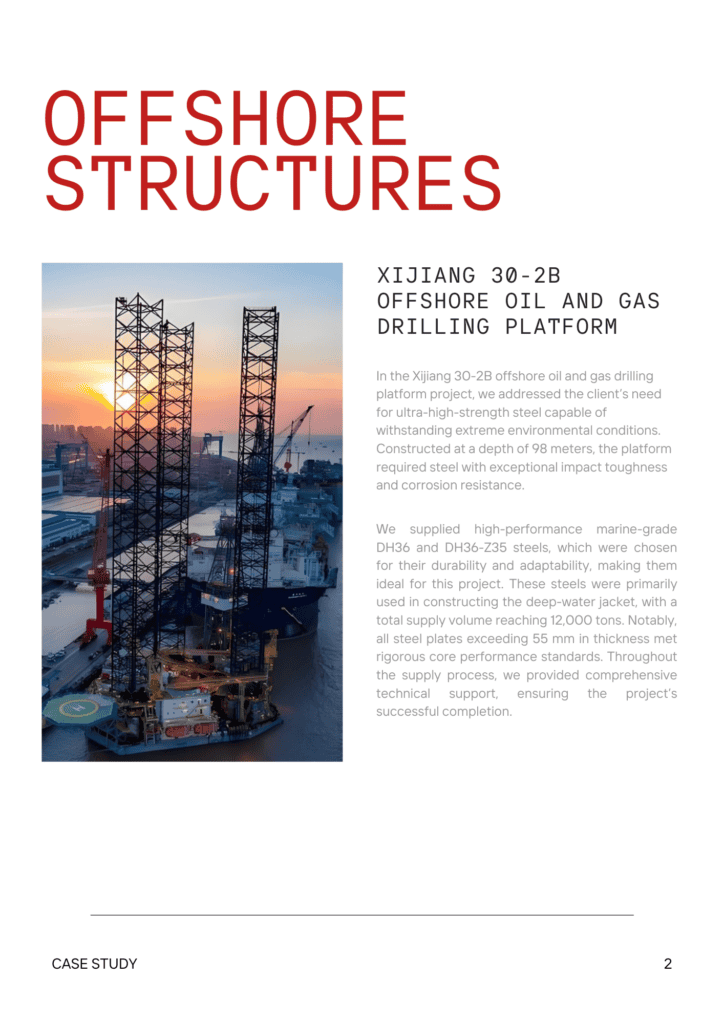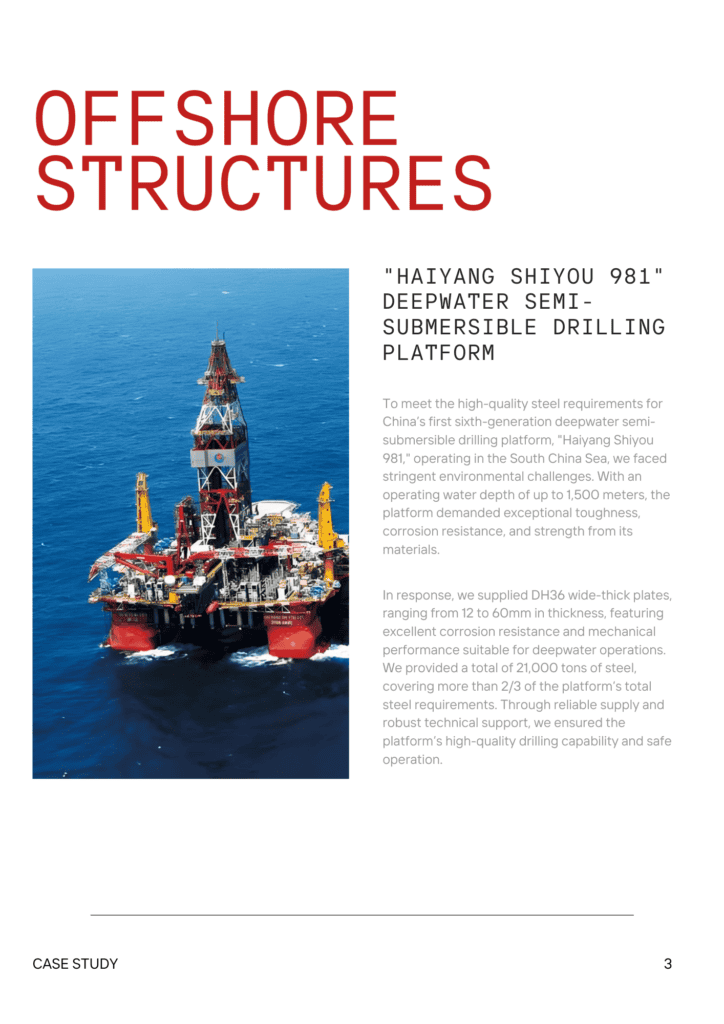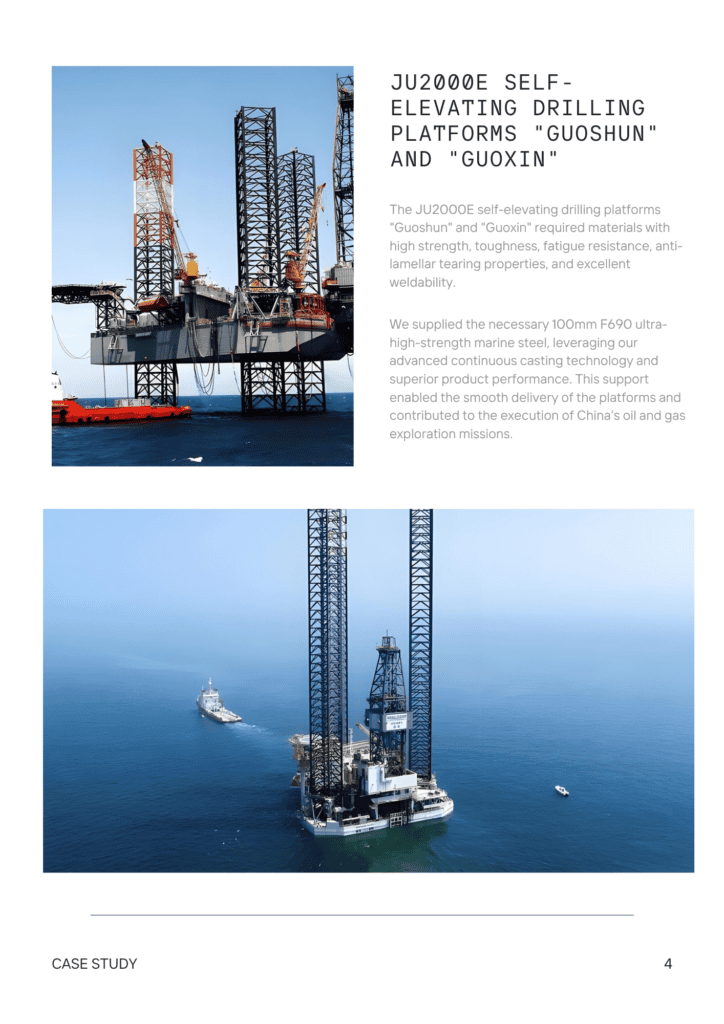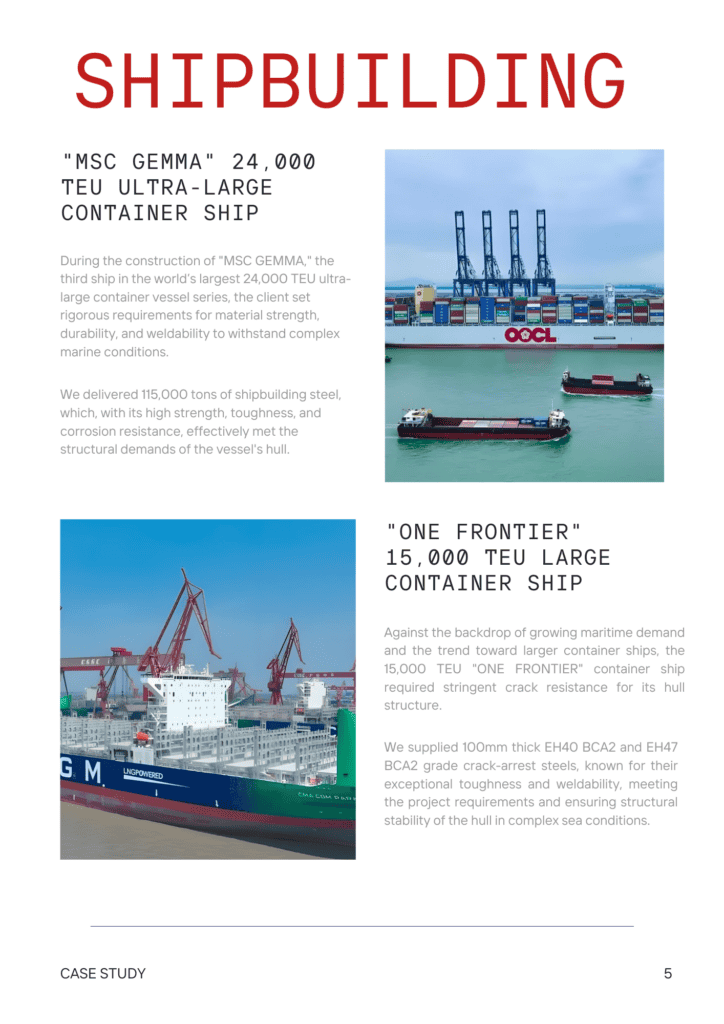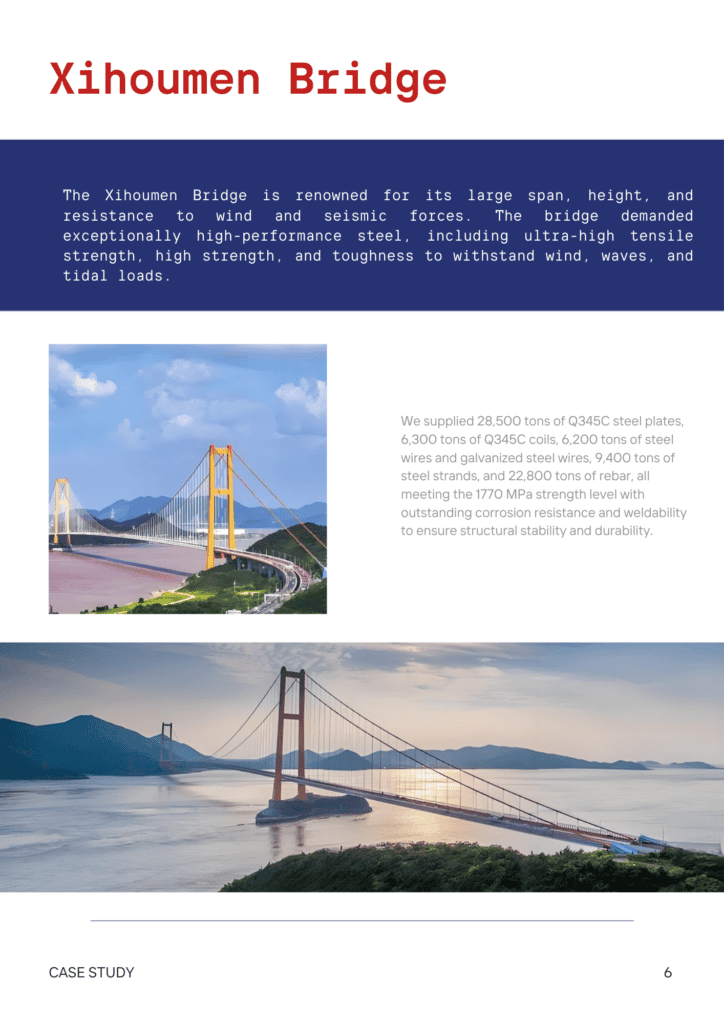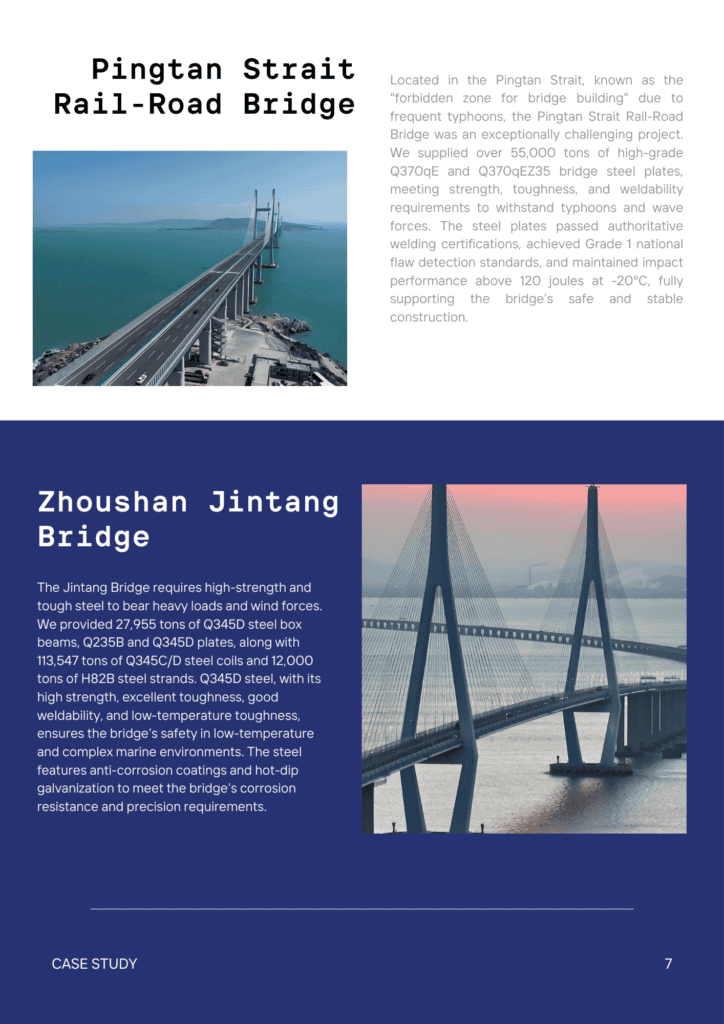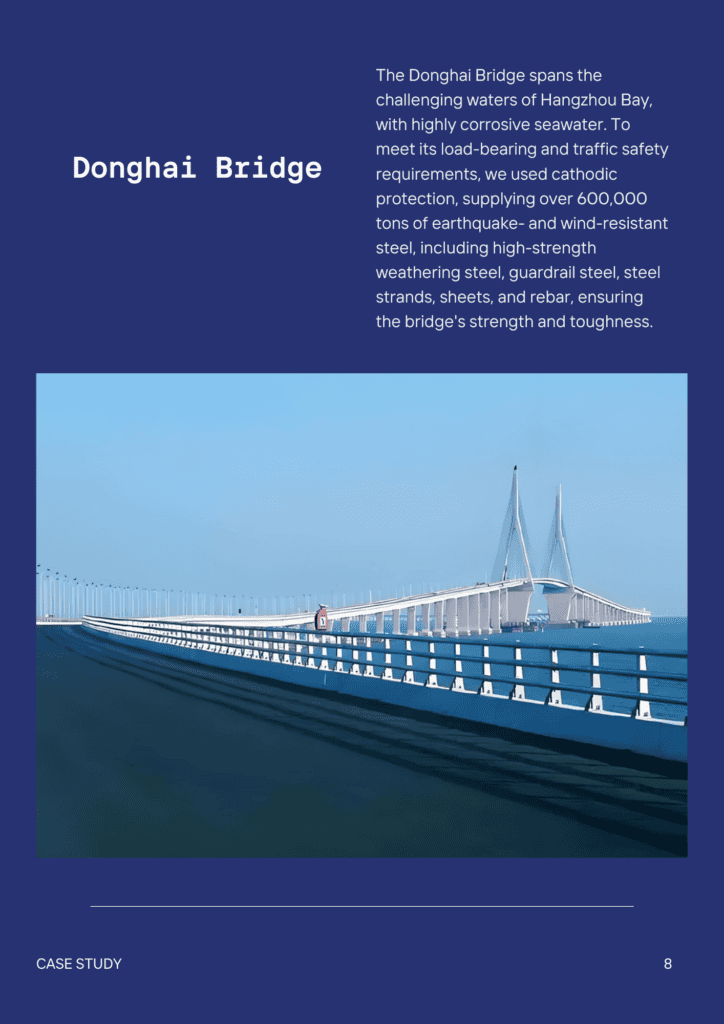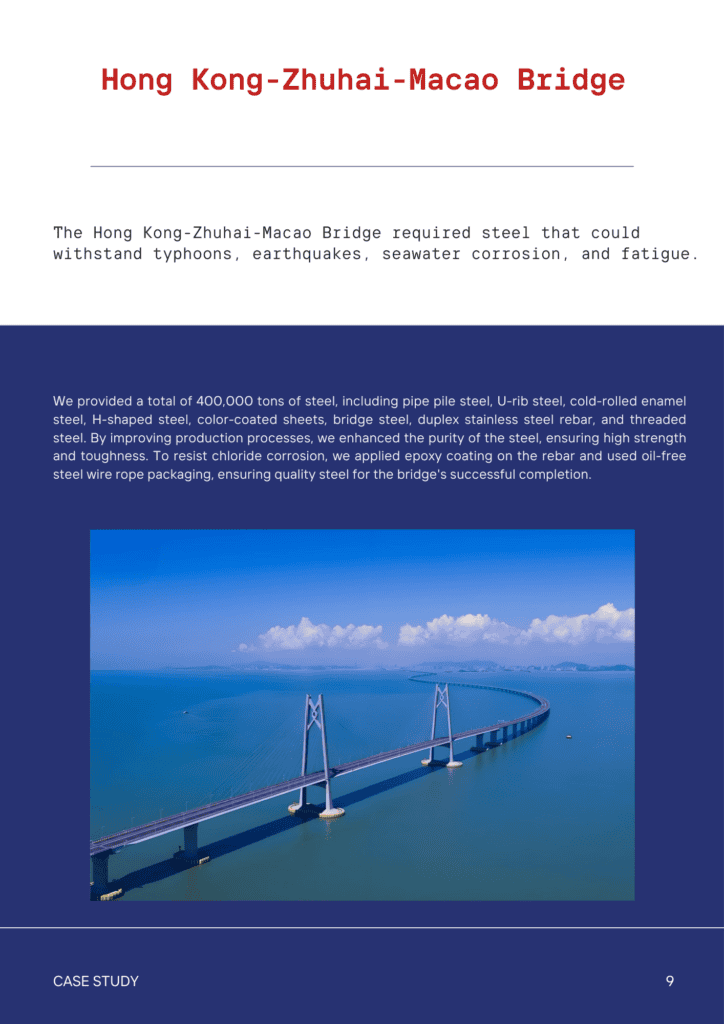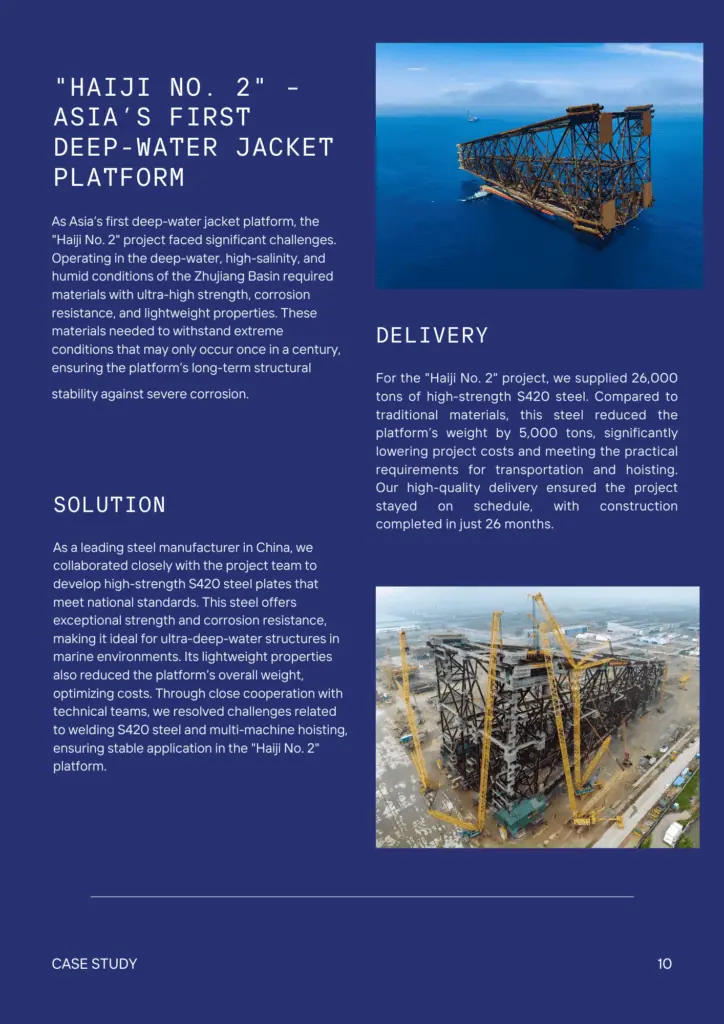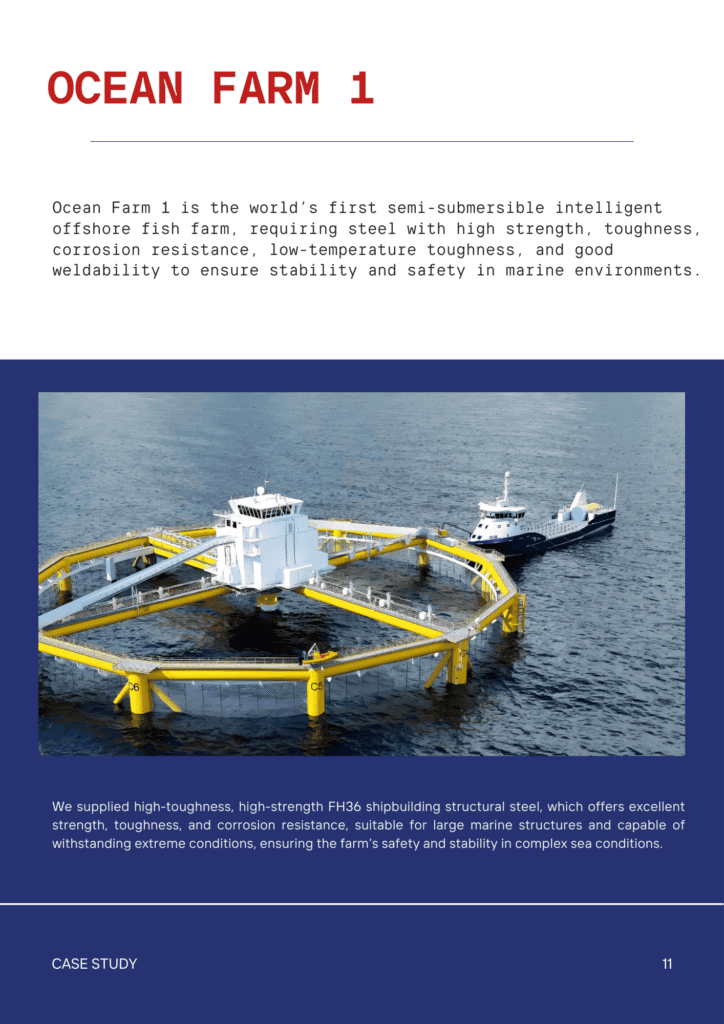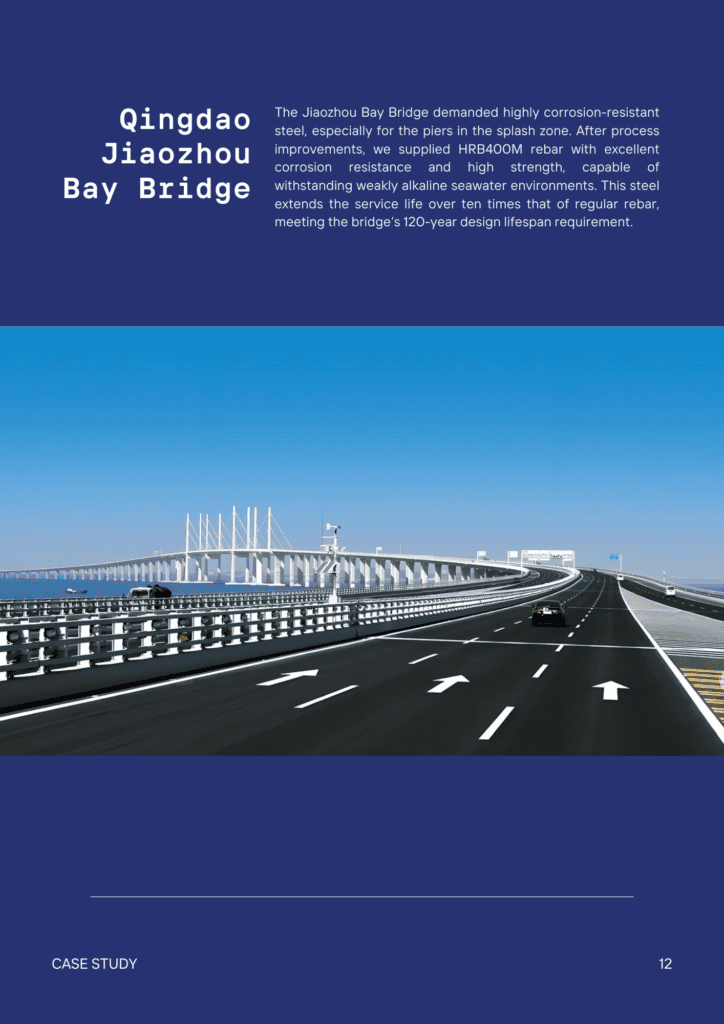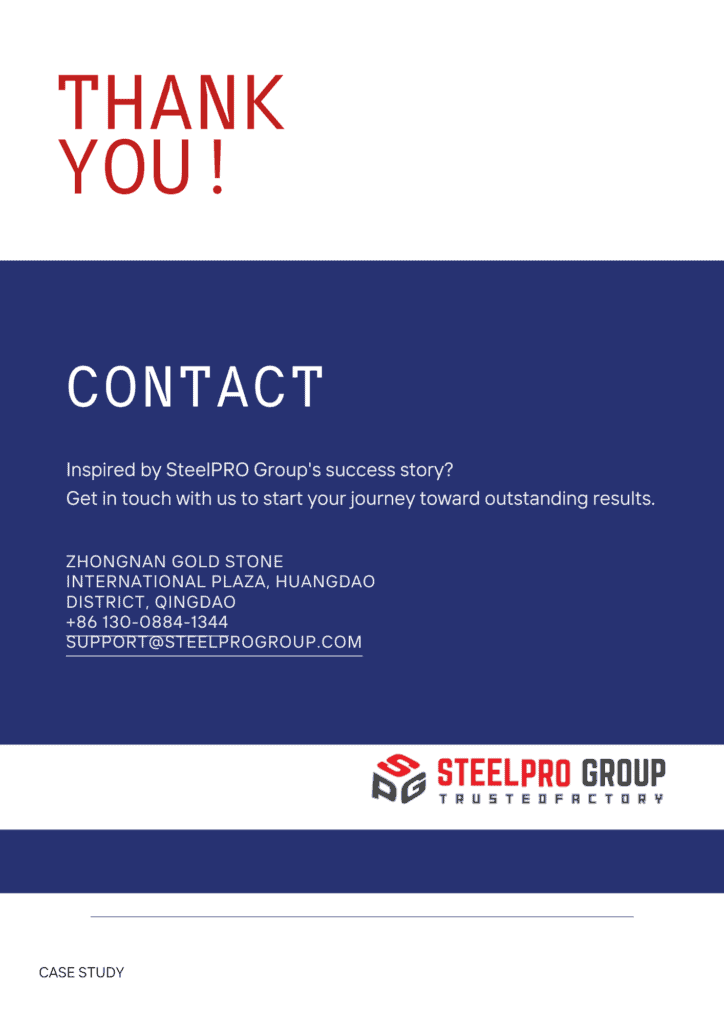Contents
AR450 | AR450F Abrasion Resistant Steel Plate, Sheet
- John

When equipment faces extreme wear in mining, construction, or recycling, AR450 abrasion-resistant alloy steel delivers unmatched protection. It combats abrasion, impacts, and operational downtime—cutting costs and boosting productivity.
At SteelPro Group, we supply globally trusted AR450 steel, engineered to outlast harsh conditions. Below, discover how AR450 works, where it excels, and our product specifications.
What Is AISI AR450 Steel?
AR450 steel is a high-carbon alloy steel with a surface hardness of 420–470 Brinell hardness (HB). Its mix of carbon, manganese, and boron enhances hardness while maintaining ductility, which helps prevent cracking under stress. Available as hardened plates that meet ASTM and JIS standards, SteelPro Group AR450 is commonly used in mining, construction, and material handling equipment, where abrasion resistance and structural reliability are essential. The steel undergoes quenching and tempering, ensuring resistance to cracking even under repeated impacts.
AR450 Alloy Steel Key Characteristics
Material Properties
- High Hardness: Surface hardness of 420–470 HB resists scratches and wear.
- Abrasion Resistance: Handles heavy friction without losing material.
- Impact Toughness: Strong core absorbs shocks without breaking.
- Corrosion Resistance: Works with coatings for harsh environments.
Performance in Manufacturing
- Weldability: Good but needs preheating to avoid cracks.
- Formability: Moderate. Best for cold-forming.
- Machinability: Hard to machine. Use carbide tools.
AR450 Steel Mechanical Properties
| Property | Metric Units | Imperial Units |
| Tensile Strength | 1400-1600 MPa | 200-230 ksi |
| Yield Strength | 1150-1400 MPa | 170-200 ksi |
| Hardness (BHN) | 420-495 BHN | |
AR450 Steel Typical Chemical Composition
| Element | Content |
| Boron (B) | 0.0030 % |
| Carbon (C) | 0.25 % |
| Chromium (Cr) | 0.55 % |
| Iron (Fe) | 95.6 %, as balance |
| Manganese (Mn) | 1.35 % |
| Molybdenum (Mo) | 0.65 % |
| Nickel (Ni) | 1.0 % |
| Phosphorus (P) | 0.025 % |
| Silicon (Si) | 0.55 % |
| Sulfur (S) | 0.0050 % |
AR450 Steel Applications
- Mining: Crusher liners, buckets, conveyor systems.
- Construction: Excavator blades, bulldozer edges.
- Recycling & Material Handling: Shredder components, chutes.
- Agriculture: Heavy-duty plows, tillage tools.
AR450 Steel Plate Specification
At SteelPro Group, we provide standard and custom-cut sizes to fit your project’s exact requirements, ensuring minimal waste and maximum efficiency. Our plates comply with international standards, including ASTM A6, EN 10029, and EN 10051, ensuring consistent quality across global applications.
| Property | Metric Units | Imperial Units |
| Thickness | 6–80 mm | 0.25–3.15 inches |
| Width | 1500–3000 mm | 60–120 inches |
| Length | 3000–12000 mm | 10–40 feet |
Customization Options:
- Non-Standard Sizes: Tailored thickness, width, and length for unique applications.
- Pre-Cut Shapes: Plasma or laser-cut plates for direct installation.
- Surface Treatments: Optional coatings (e.g., shot blasting, priming) for enhanced corrosion resistance.
AR450 Steel Process
Forming Process
AR450 steel can be cold-formed at room temperature using methods such as bending, rolling, or stamping. Its hardened surface resists deformation, maintaining structural integrity. However, hot-forming processes (temperatures above 300°C / 570°F) should be avoided, as they may soften the abrasion-resistant surface layer.
Cutting Process
| Parameter | Value |
| CEV (Carbon Equivalent Value) | 0.45 max |
| CET (Critical Cooling Time) | 0.33 max |
| PCM (Percentage of Chemical Mixture) | 0.32 max |
- Plasma or Laser Cutting: Ideal for achieving precise edges with minimal heat-affected zones.
- Oxy-Fuel Cutting: Suitable for thicker sections (>25 mm / 1 inch), but requires preheating to 200°C (390°F) to reduce thermal stress and prevent micro-cracks.
- Shearing: Not recommended for plates thicker than 12 mm (0.5 inches) due to rapid tool wear and edge deformation.
Machining Process
AR450 supports standard machining operations like drilling, counterboring, tapping, and milling. However, its high hardness requires carbide or ceramic-tipped tools to ensure efficient machining.
Welding Process
Common welding methods include:
- Shielded Metal Arc Welding (SMAW)
- Gas Metal Arc Welding (GMAW)
For minimal distortion, Submerged Arc Welding (SAW) or Flux-Cored Arc Welding (FCAW) can be used effectively. Preheating may be required for certain welding applications to prevent cracking due to the material’s high carbon content.
AR400 vs. AR450 vs. AR500: How to Choose?
The selection of abrasion-resistant steel depends on balancing hardness, formability, and cost. Below is a detailed comparison of AR400, AR450, and AR500 grades to guide your decision:
| Property | AR400 | AR450 | AR500 |
| Hardness (HB) | 360–440 | 420–470 | 460–544 |
| Formability | Excellent | Good | Limited |
| Wear Resistance | Moderate | High | Very High |
| Cost | $ | $$ | $$$ |
When to Choose Each Grade?
- AR400: Low-to-medium abrasion + high formability needs (e.g., agricultural equipment).
- AR450: High abrasion + moderate forming/welding requirements (e.g., excavator buckets, dump truck beds).
- AR500: Extreme wear + minimal shaping (e.g., blast cabinets, armor plating).
AR450 Steel Engineered for Durability and Precision
At SteelPro Group, we deliver AR450 steel solutions engineered for durability and precision. Whether your project demands standard plates or custom-cut components, our team ensures:
- Technical Expertise: Guidance on material selection, fabrication, and compliance.
- Rapid Turnaround: Optimized logistics for on-time delivery.
- Global Standards: Full traceability with ASTM, EN, and ISO certifications.
Need a Quote or Technical Support?
Our team at SteelPro Group is ready to assist with material selection or application-specific guidance. Contact us today to discuss your AR450 requirements!



